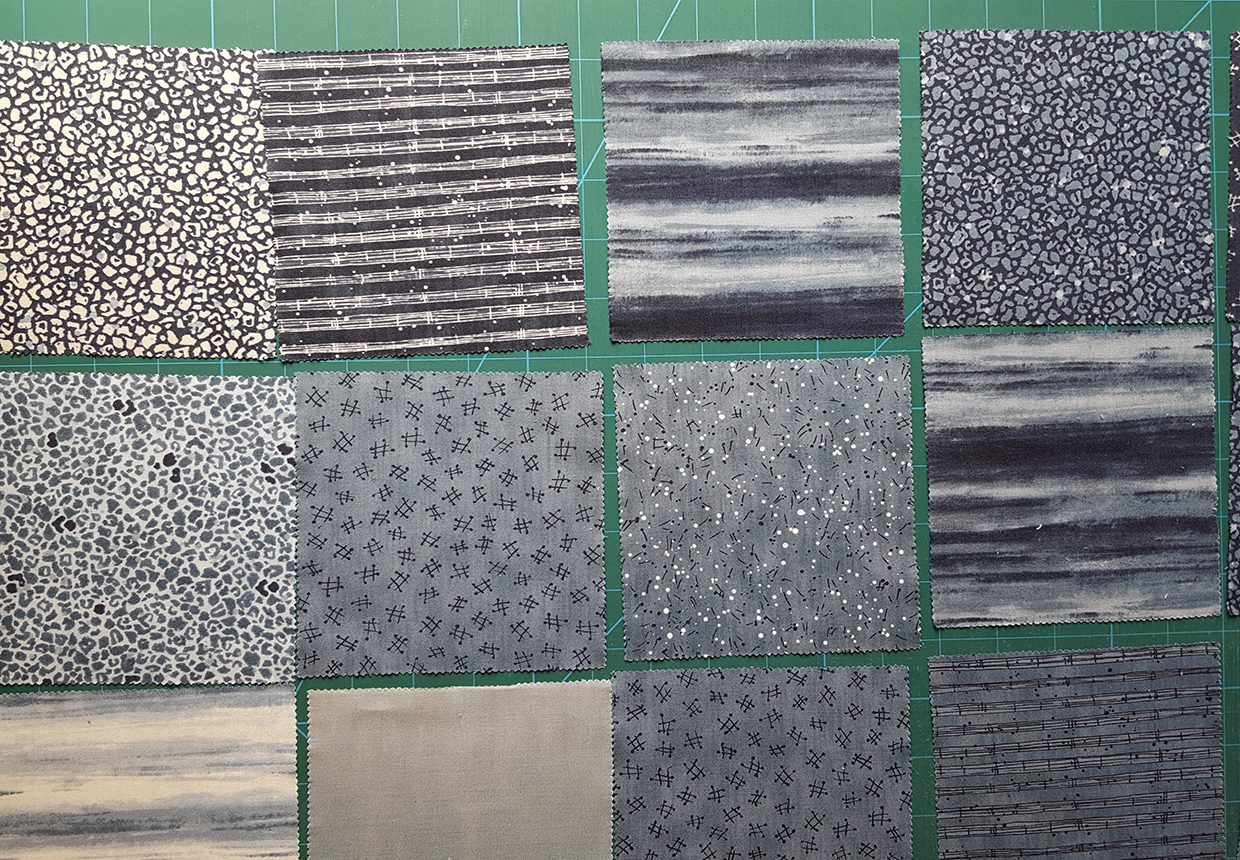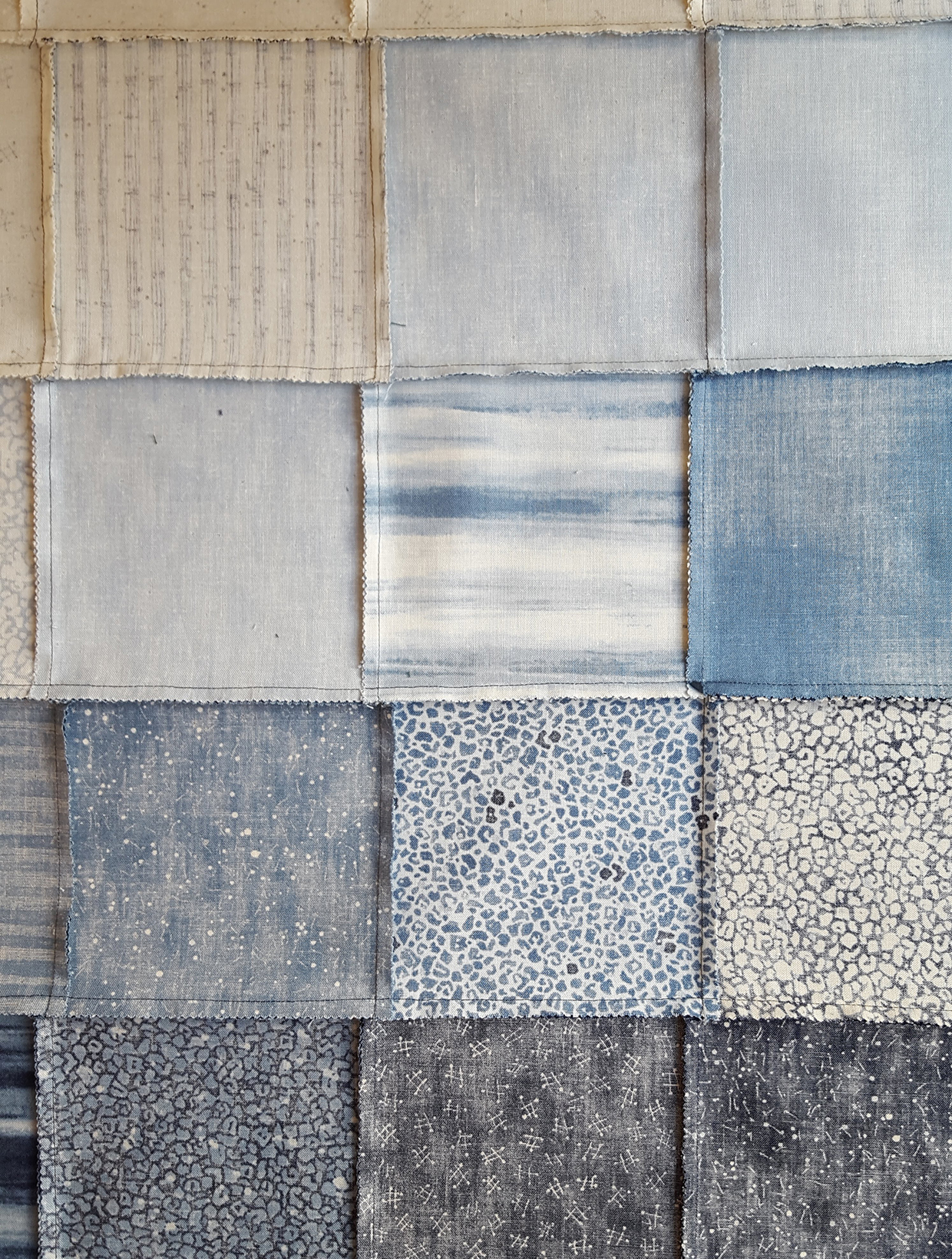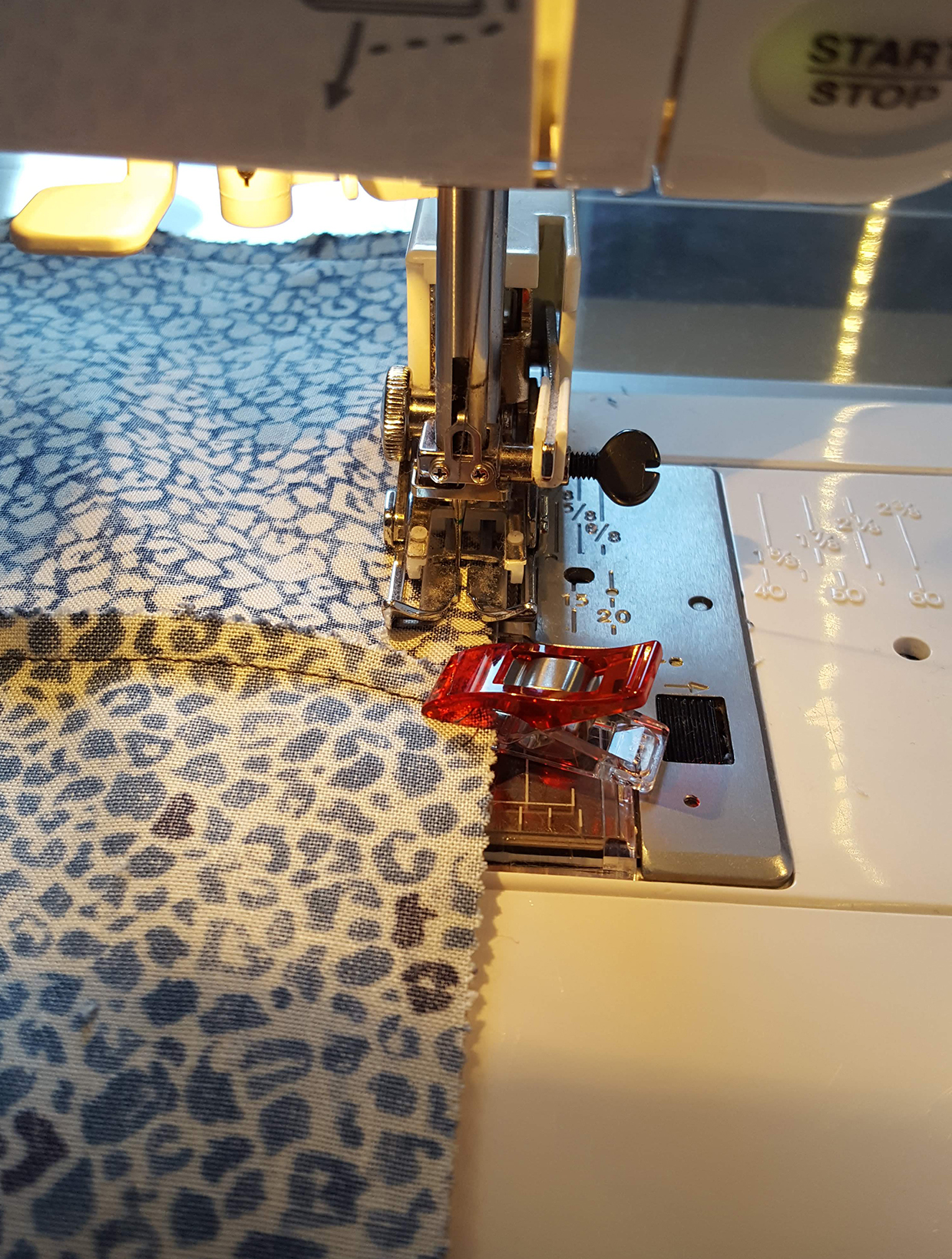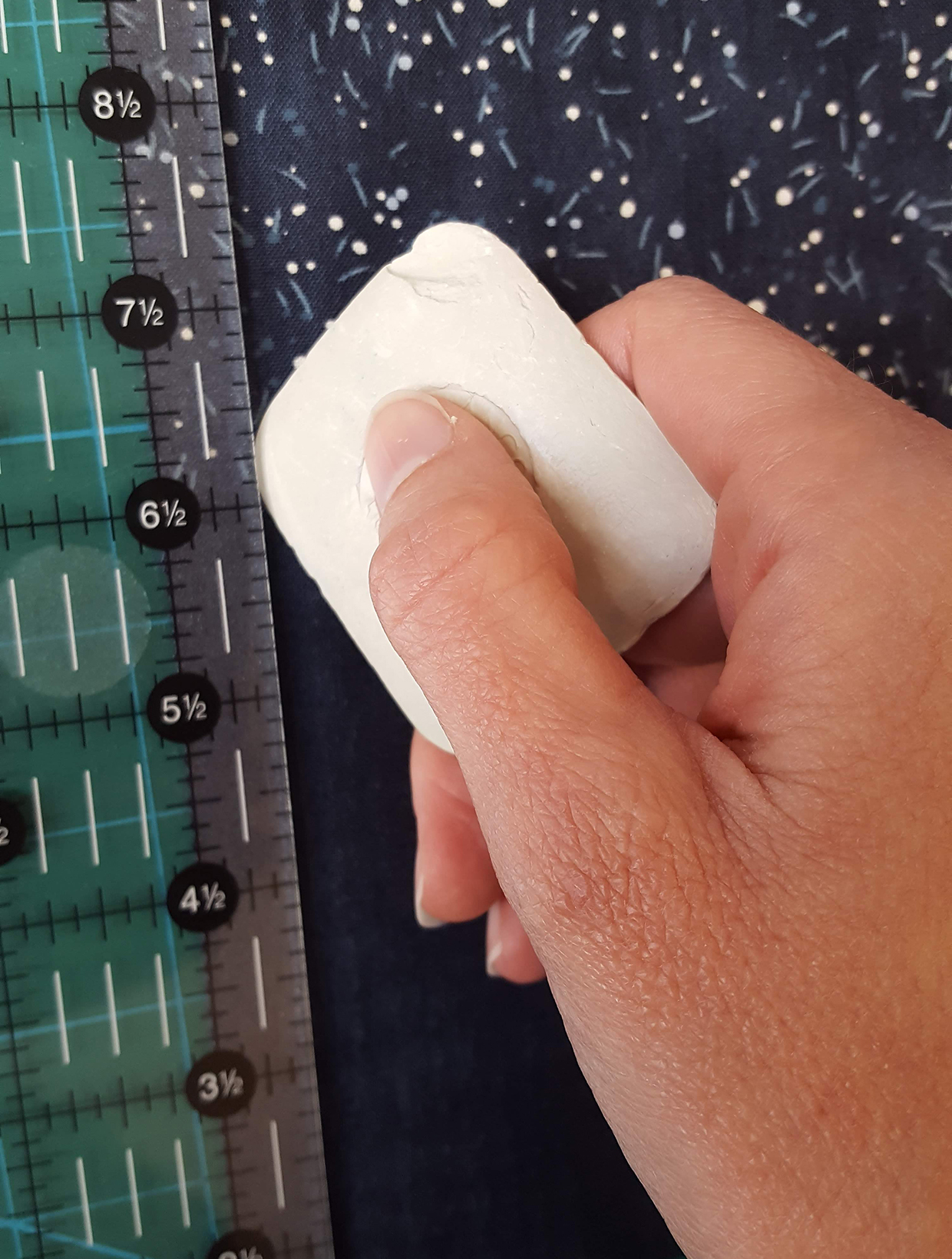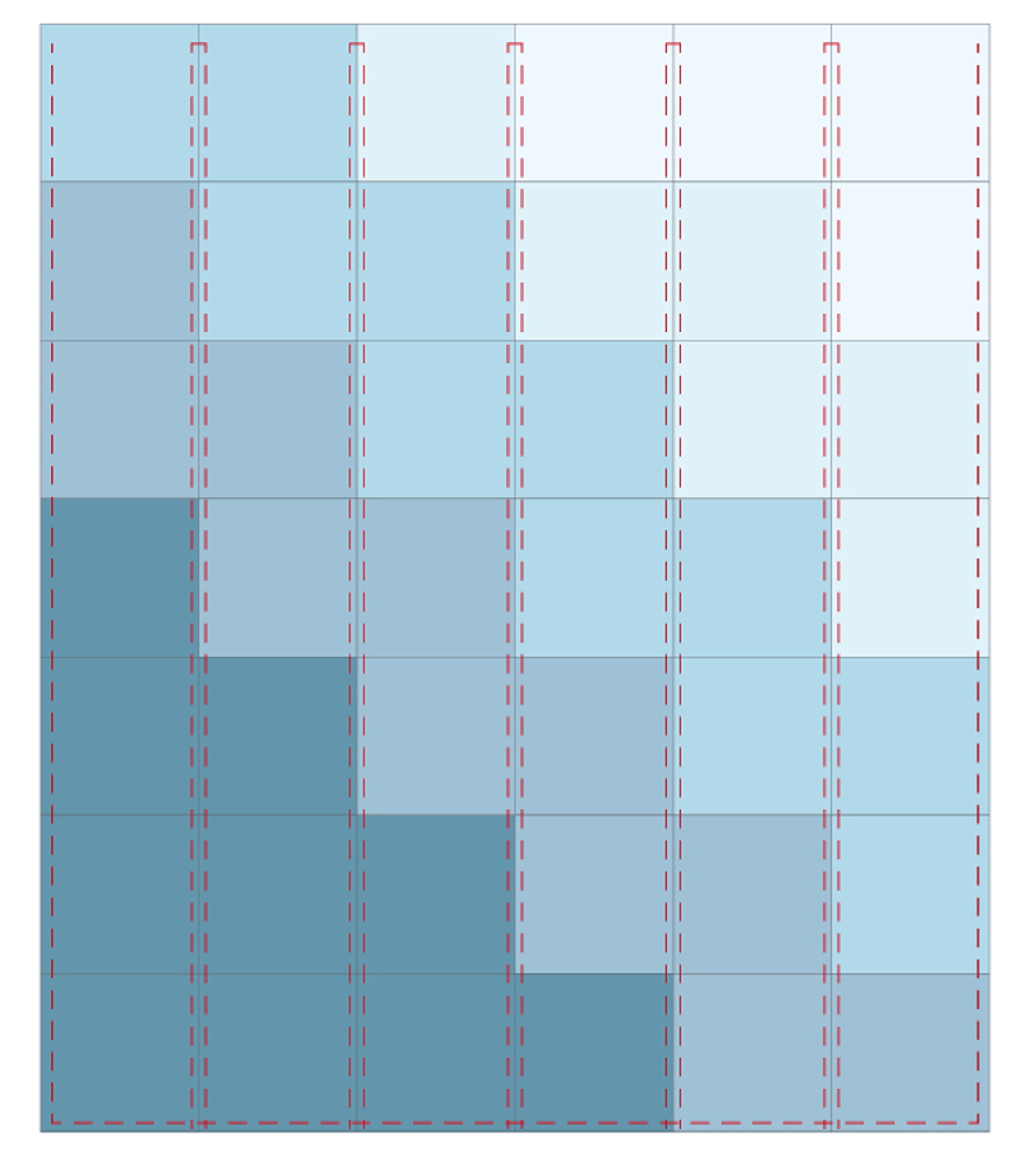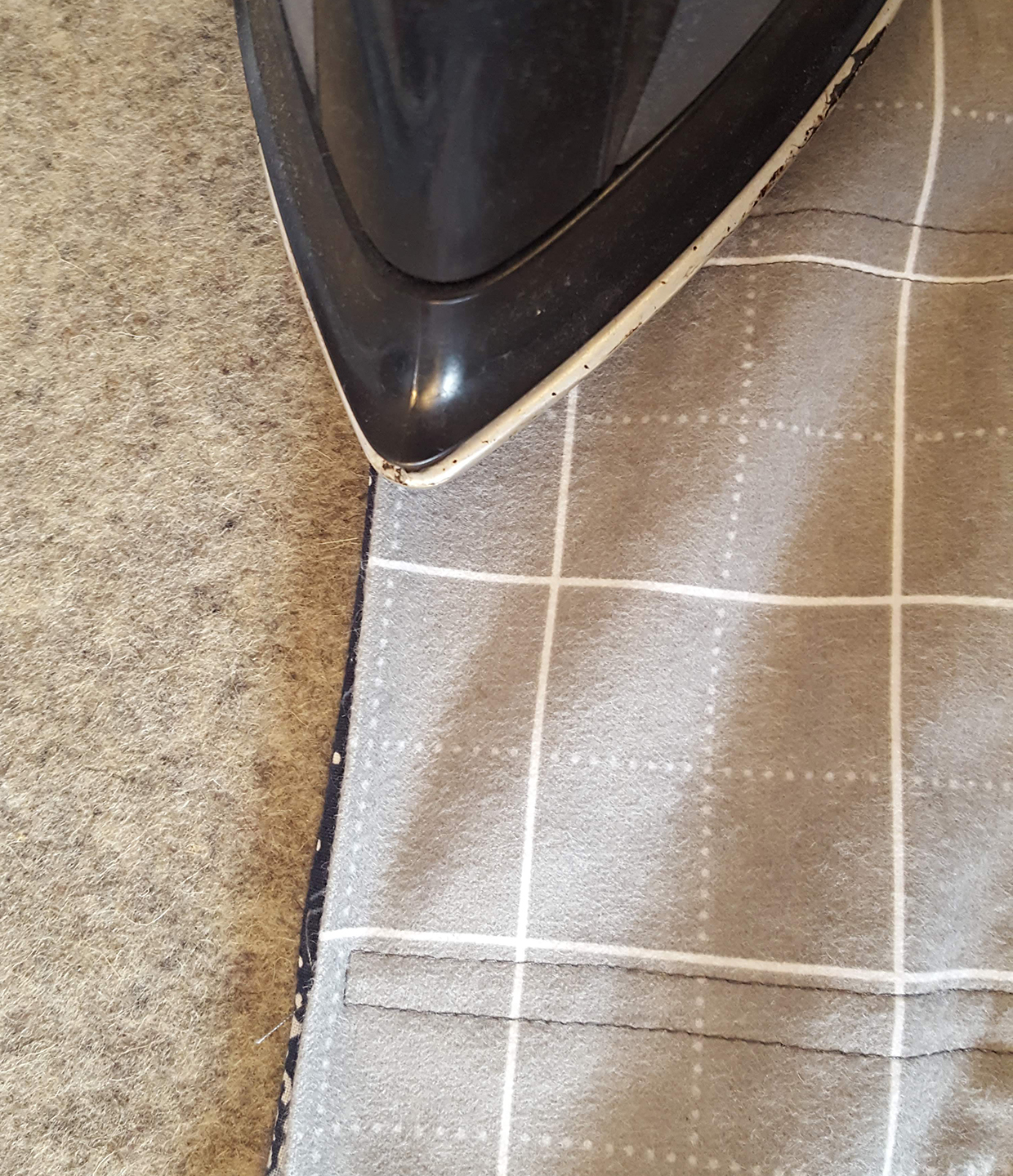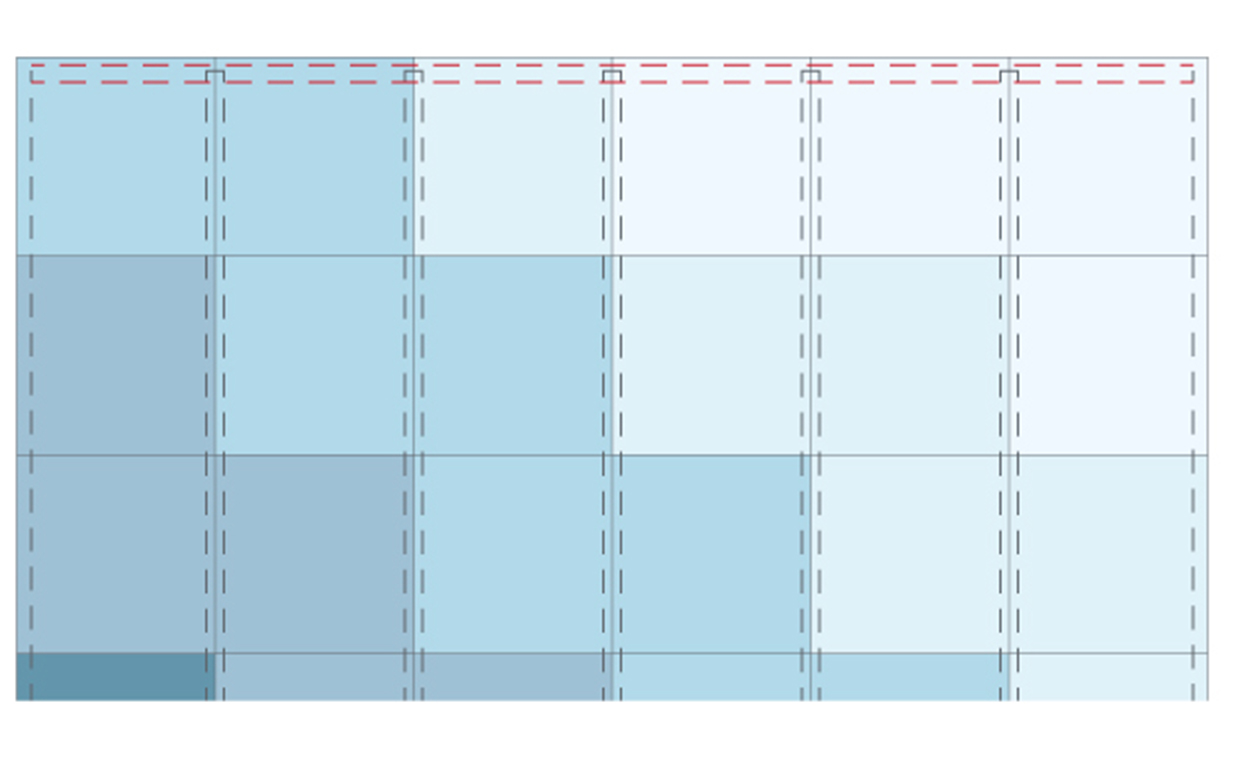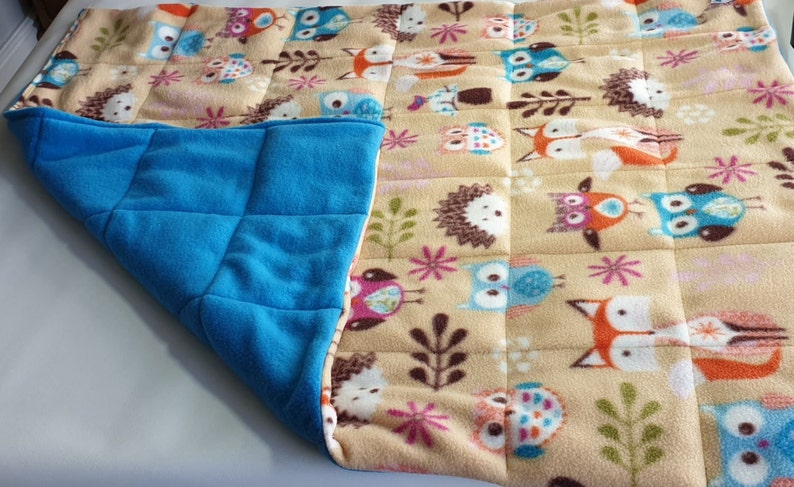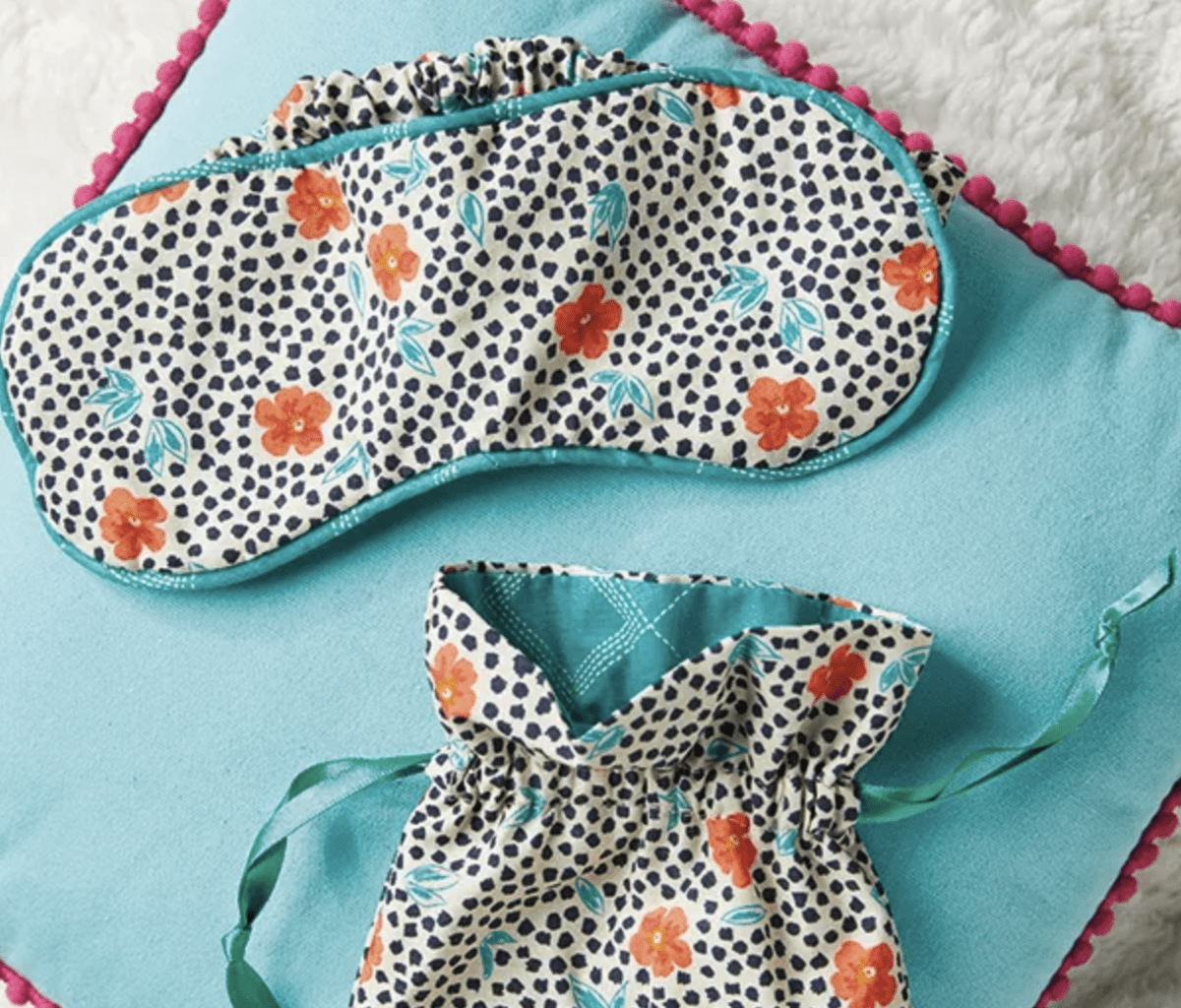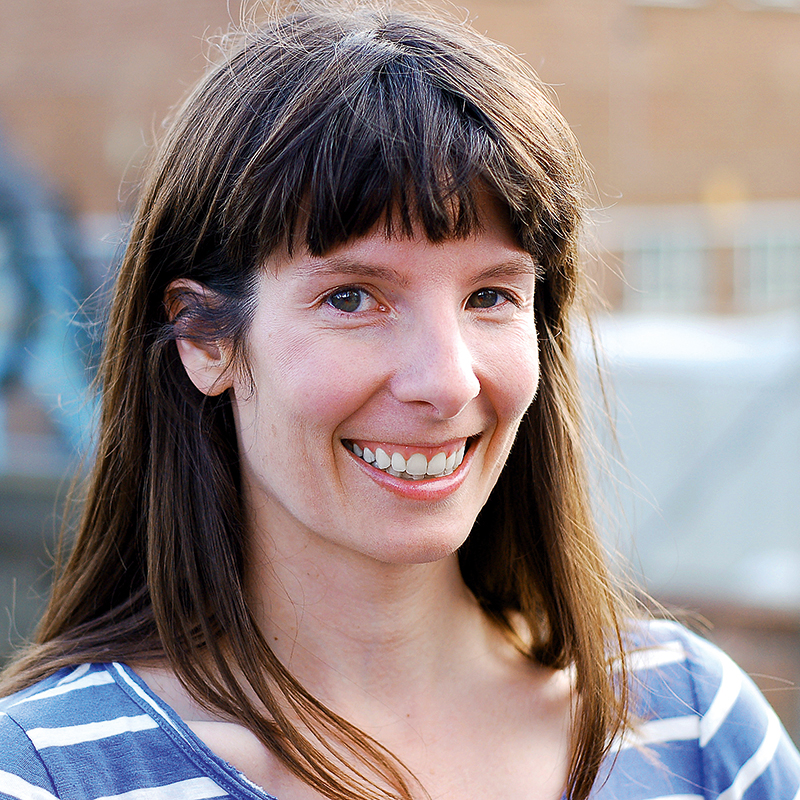Weighted blankets have grown in popularity in recent years due to their soothing properties. As anyone who has curled up under one can attest to, they are seriously soothing and many believe they can ease a variety of health conditions.
The Sleep Foundation explains that they invoke deep pressure stimulation, which is believed to stimulate the production of everyone's favourite mood-boosting hormone, serotonin, which is known to reduce body's stress levels and improve your sleep.
There are all sorts of fabulous weighted blankets out there to buy, but making your own is the ultimate project, and we're here to show you how to do it.
Sewing your own is a great idea, because you can choose fabrics and materials to your own taste. So we've asked our expert Sarah Griffiths (Senior Technical Editor of Love Patchwork & Quilting magazine, aka Spindle and Shears) to show you how to make a weighted blanket step by step.
We are using quilted pockets in different fabrics for each of our weighted blanket sections. We love this patchwork look! But we have instructions for using just a single piece of fabric rather than the patchwork if you prefer that look.
You can easily make one with just a few bits of fabric, filling and basic sewing kit.
Before you begin, you will need to consider what size blanket you want and how much filling you need. A good guide is to use no more than 10% of the body weight of the person who will use the blanket.
We used plastic poly pellets for filling because they are washable, durable and made from recycled materials. But there are many other materials you can choose based on your own needs.
You can use any materials you find cosy, but we recommend something durable without too much stretch, such as quilting cottons, brushed cotton, organic cotton or flannel fabric. Our tutorial will show you how you can make either a patchwork fronted version with quilted pockets or use plain fabrics for both the front and back.
If you're new to sewing, swot up on the basics with our guide to sewing for beginners, and if you're looking for easy home sewing projects, you might also like our favourite Rug Making Kits for beginners.
DIY weighted blanket – supplies
- Top fabric (printed cotton): one (1) Charm Pack (forty two (42) 5in squares) or 1yd of fabric (we used Moda: The Blues Charm Pack)
- Backing fabric (brushed cotton): 1yd (we used Robert Kaufman Brushed Cotton Flannel fabric)
- 1.5kg of plastic poly pellets, or weighted filling of your choice (we used Hugge Plastic Poly Pellets)
- Sewing machine (try our best sewing machines for beginners or long arm quilting machines)
- Basic sewing kit
Finished size
27in x 31in (approx 70cm x 80cm)
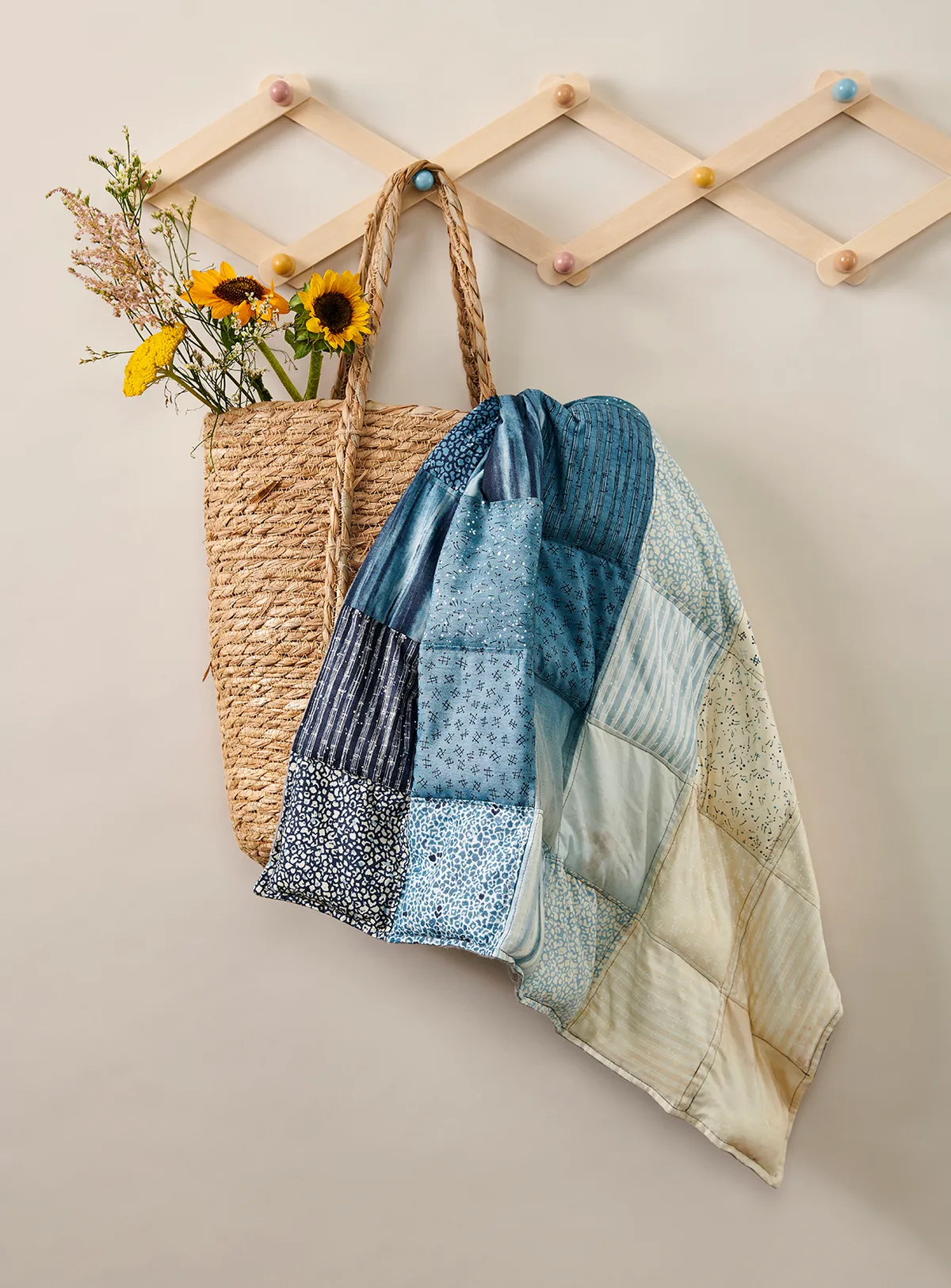
Notes:
- Seam allowances are 0.25in throughout, unless otherwise instructed.
- Press the seams to one side, unless otherwise instructed.
- Backstitch at the beginning and end of each seam and line of topstitching to secure.
- Small stuffing beads are not recommended for children aged 3 and under. Regularly check the seams before use, as well as before and after laundering to avoid beads escaping.
- This pattern makes an approx 1.5kg/3lb weighted blanket. Adjust the amount of filling used for the weight required in your blanket.
- If you're not sure what filling to pick, Weighted Blanket Guides have a great article on 6 popular weighted blanket fillings.
